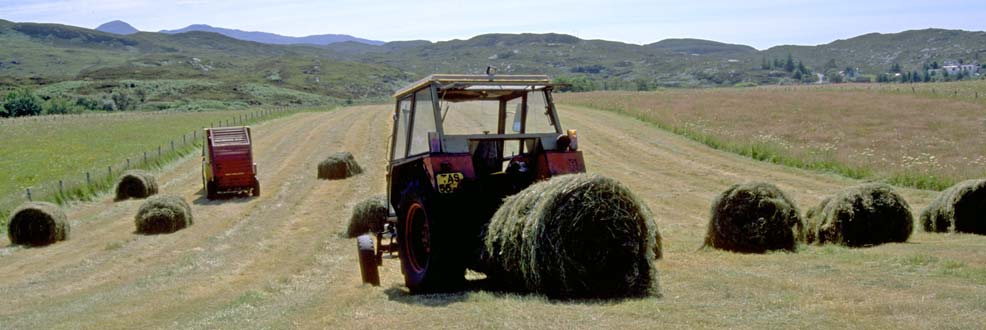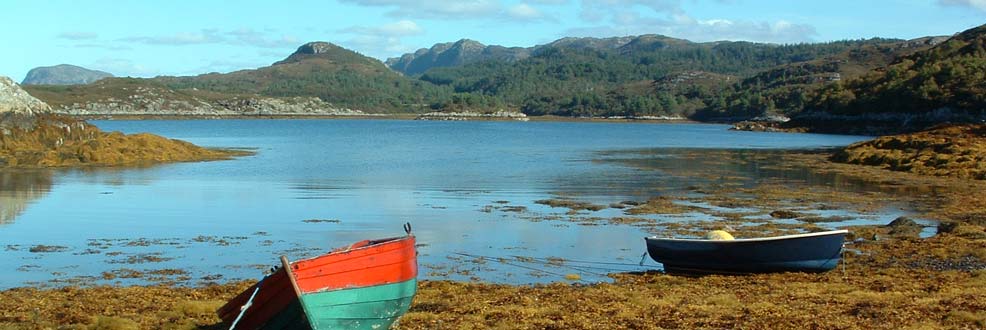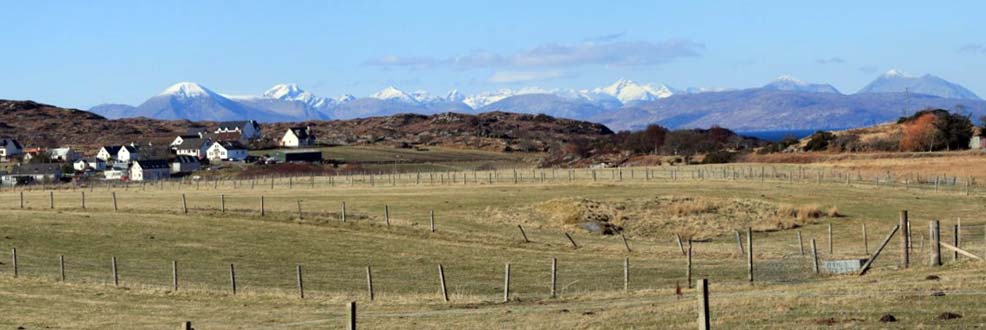Course Structure
The Crofting Year was originally written to follow the seasons on the croft so that the students would experience crofting as it is rather than a series of artificially set up exercises. It was also written with the curriculum time being split equally between practical work and classroom theory. However the intention was always that the theory would be there to support and reinforce what happened out on the croft.
The huge benefit of teaching in the outdoors is that learning is achieved through doing, but there is a need for review and reflection and also the need for opportunities to acquire knowledge to back up the practical skills. While considerable knowledge is inevitably gained in the field, the modern crofter needs to have a whole raft of facts, figures and awareness at his finger tips and much of this is best acquired in the classroom.
There are five main themes running through the course, which appear in each of the seasons:
- Land (soils, crops and the weather)
- Livestock (mainly cattle and sheep, but also including pigs and poultry)
- The Wild (ecology and the natural world)
- Diversification (realising the potential of local resources)
- Community (the history and characteristics of crofting, including regulation)
These themes are dealt with through practical work on the croft and also through a wide variety of approaches in the classroom.











